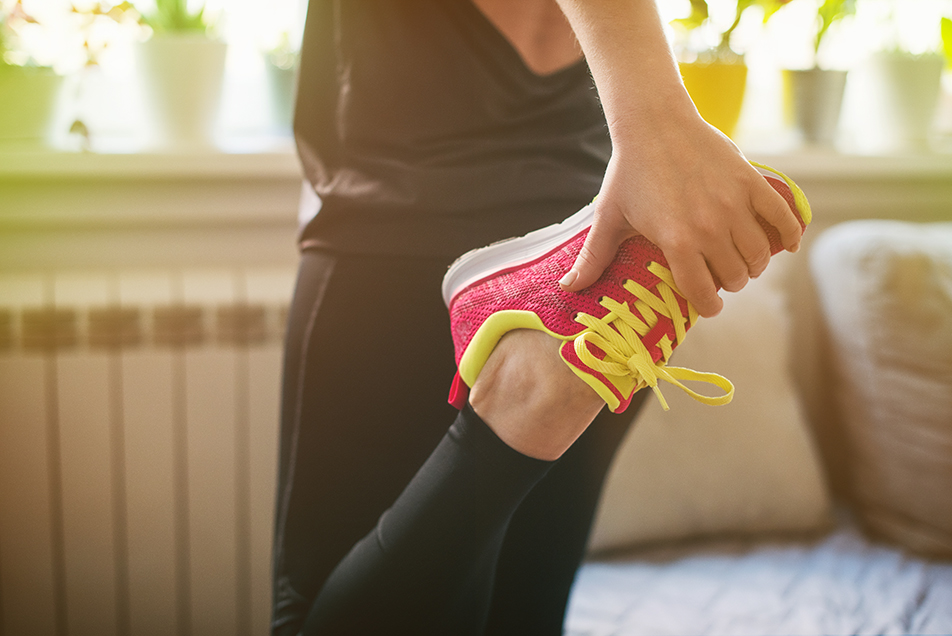
No matter what your fitness goals may be, getting healthy, increasing flexibility, improving endurance or simply not throwing your back out when carrying groceries in from the car, functional fitness workouts could be the answer. While this type of training isn’t new, there has been a resurgence, and chances are you’ve already been doing a variety of the exercises without even knowing it. To better understand this type of training, we asked Kim Cowan, performance specialist, Parkview Sports Medicine, to help explain what functional fitness is, the everyday benefits it has to offer and why you should give it a try.
What is functional fitness?
Functional fitness training incorporates exercises that mimic everyday actions and movements while engaging multiple muscle groups. These include compound movements such as squats, lunges, deadlifts and push-ups. These exercises are meant to prepare and help you perform everyday tasks and activities better like squatting, heavy pushing, getting in and out of a chair and core rotation.
Furthermore, anyone and everyone can benefit from functional training. Athletes frequently train this way to improve their skills and get better at their sport by training their bodies in multiple planes using multi-joints. Training this way allows an athlete’s body to work as a unit, providing the brain with the muscle memory needed for that sport. With that said, it’s not just athletes who will benefit. Anyone from young to old should be utilizing some form of functional training to improve strength and stability for everyday activities.
What are the benefits of functional fitness?
The benefits of functional fitness training are muscle strength, coordination, balance, reduced risk of injury and a better quality of life. Your body will learn to train together as a unit through the different types of exercises. The compound movements, squats and lunges, will improve strength in the lower half of the body while also activating the core as an added bonus. A strong core helps with stability and coordination as well as reducing the risk of lower back pain.
The upper body can benefit, too. You can strengthen your upper body with push-ups, planks and rows. All of these exercises have core-strengthening benefits as well. It’s easy to see how functional fitness exercises encompass the whole body instead of isolating specific groups at a time. This is a huge benefit that improves coordination and body awareness, making everyday tasks easier with less risk of injury. Pushing a heavy door open, bending down for groceries or even squatting to pick up your children will eventually become part of your body’s muscle memory.
Is it a good fit for everyone?
Yes! A significant advantage of this type of training is that a beginner can perform all the exercises an advanced athlete could do. By performing exercises like squats, lunges, push-ups, and planks without weights, even beginners can gain strength and muscle memory before adding weight to their program. As muscle strength develops over time, you can slowly add weight to those compound movements to see improvement and make more progress.



